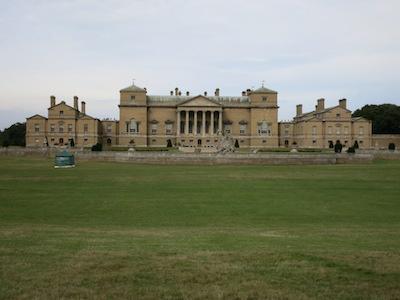Like any fan of a certain public television drama about English aristocrats, I am a bit obsessed with all things British, especially if it happens to involve grand country homes, art-filled interiors, and taking tea at every possible moment. Last September, I was given the opportunity to study dozens of country homes and their collections at a residential study program based in Norfolk County, England. Our days were crammed with multiple site visits, specialist-led classes, tea receptions given by the current owner or butler of the house, and more walking than I’ve had in years!
Full days were dedicated to two incredibly grand homes in particular: Holkham Hall and Houghton Hall. Both were built in the early 18th century and modeled on the very popular Italian Palladian villa type (after the Italian Renaissance architect Andrea Palladio, who referenced ancient Rome and Greek architecture in his designs). The art collections in both houses are enough to make any major art museum envious and included extraordinary examples of sculpture, paintings, silver, tapestries, and more. As a museum educator and art historian, being able to see these collections in their original location was a once-in-a-lifetime experience and will continue to professional inspire me for years to come.
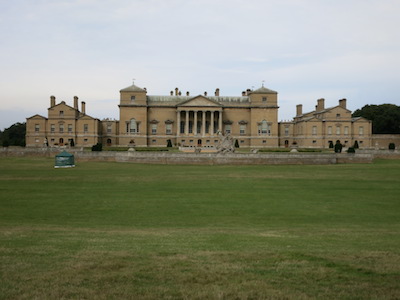 Holkham Hall, Norfolk, United Kingdom
Holkham Hall, Norfolk, United Kingdom
Our first day was spent at Holkham Hall, built by Thomas Coke, the first Earl of Leicester who was greatly influenced by the architecture of ancient Rome. He built his grand home reflecting the growing for and renewal of ancient classicism in Britain, and to display his massive art collection, mostly amassed while in Europe on his Grand Tour. Nicholas Penny, director of the National Gallery in London, gave our group a private tour of Holkham’s neoclassic and ancient Roman sculpture galleries. Allusions to ancient Rome punctuated our visit, from the Palladian architecture to the Marble Hall (designed to resemble an ancient Roman basilica in both plan and design) to the garden temple, where we had a picnic lunch. While at Holkham, specialists opened the home’s collection of silver and illuminated manuscripts to us allowing hands-on time with part of Coke’s collection.
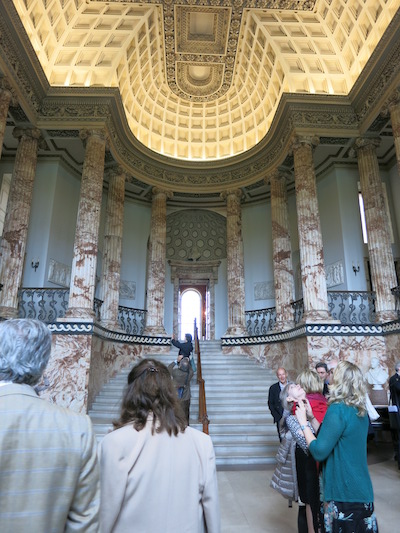 The Marble Hall at Holkham Hall
The Marble Hall at Holkham Hall
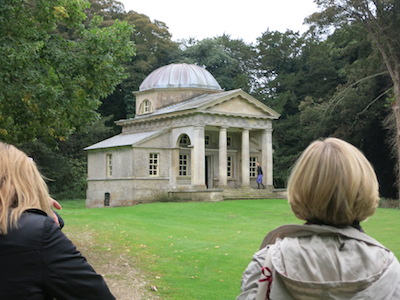 Garden Temple at Holkham Hall
Garden Temple at Holkham Hall
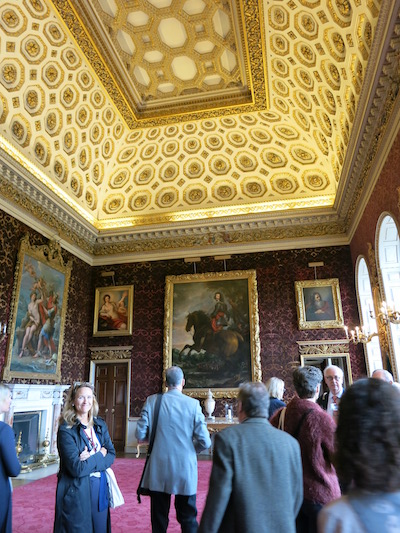 The Saloon at Holkham Hall
The Saloon at Holkham Hall
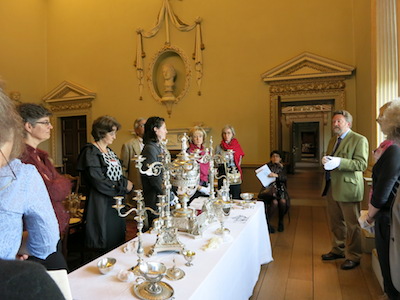 A seminar on silver at the North Dining Room at Holkham Hall
A seminar on silver at the North Dining Room at Holkham Hall
Houghton Hall, built in the early 18th century by Great Britain’s first prime minister, Sir Robert Walpole, was an incredibly rare treat. On view was the exhibition Houghton Revisited, which restored the painting collection to its original grandeur. In 1779 Walpole’s heir sold several of the collection’s important paintings to Catherine the Great of Russia for her collection. For this exhibition, the paintings were returned to Houghton and restored to their original location for the first time in over 200 years. This created a complete and rare snapshot of a grand 18th-century country house and helped reinforce Walpole’s prestige and power in the grandest manner possible, allowing us to experience the original splendor of the house.
Now the home of Walpole’s descendant, the 7th Marquess of Cholmondeley, Houghton Hall is filled with Old Master paintings and William Kent interiors, but also has an extensive contemporary art collection including two works by James Turrell (one of which is currently on view as part of James Turrell: A Retrospective at LACMA).
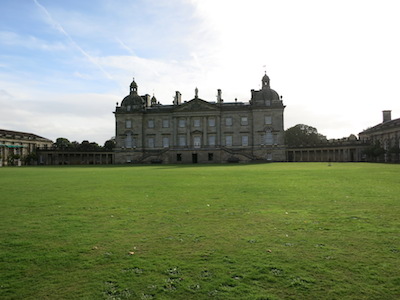 Houghton Hall, Norfolk, United Kingdom
Houghton Hall, Norfolk, United Kingdom
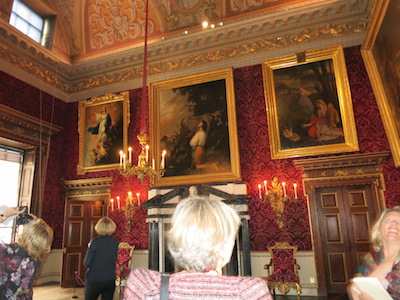 The Saloon at Houghton Hall
The Saloon at Houghton Hall
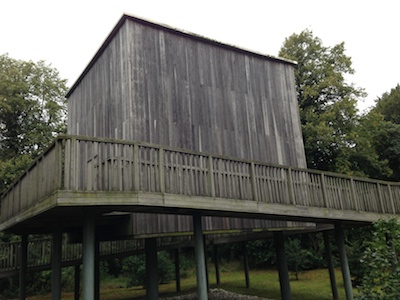 Exterior of James Turrell's Skyspace at Houghton Hall
Exterior of James Turrell's Skyspace at Houghton Hall
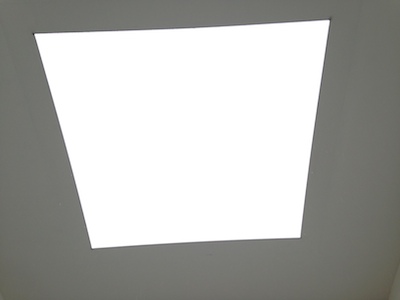 James Turrell's Skyspace at Houghton Hall
James Turrell's Skyspace at Houghton Hall
Although I visited several other homes, including a 15th-century moated manor that houses tapestries made by Bess of Hardwick and Mary, Queen of Scots; a seaside medieval hall house; a 17th-century estate with an infamous ghost; stately Georgian townhouses; and more tea and cookies than I could have eaten in a lifetime, my visit to Holkham and Houghton remained the highlight of the study program. The collections in these homes were so complete that it was very easy to visualize and understand how the original 18th century splendor was meant to be understood by the visitor.
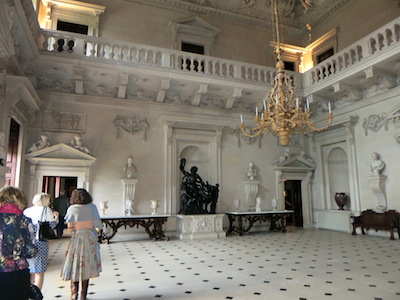 The Stone Hall at Houghton Hall
The Stone Hall at Houghton Hall
I am leading an upcoming gallery course focusing on objects from LACMA’s own collection. Many of these objects were originally owned by English aristocracy and part of grand country home collections. The artwork at Holkham Hall and Houghton Hall will springboard our discussion as we examine objects from LACMA’s collection of sculpture, paintings, and silver.
Amber Smith, Education and Public Programs



